Remembering Soviet Deportations in Estonia

Estonia is one of the smallest countries in Northeast Europe. Due to its location, it has been invaded and occupied throughout history. Estonia would not gain democratic independence until 1918, but this was short lived with the onset of World War II. After the Nazi invasion, Estonia was “liberated” by the Soviet Union, although conveniently for Moscow, they decided not to leave, marking the beginning of a 47-year occupation under communist rule.
Many of Estonians population of 1.3 million still remember this brutal period in our country’s history.
A core aspect of Soviet ideology was collectivization. As everything was required to be shared, private property was abolished, and collective farms were established. Many people whose families had worked on their farms for decades—some even for centuries—were unwilling to give them up. To break local resistance, mass deportations took place across all the Baltic states under Jospeh Stalin’s brutal reign.
These deportations tore apart thousands of lives and families. In Estonia alone, more than 20,000 people were forcibly removed from their homes at gunpoint and transported in wagons designed for animals to the distant tundra of Siberia in 1949. Each story is heartbreaking in its own way.
Lists of citizens deemed “enemies of the people” were compiled by communist officials, and a quota had to be met. To reach the required number, people walking in the street were sometimes taken at random, with nothing but the clothes on their backs to face the brutal Siberian winters. Most deportations took place at night or in the early morning, giving people up to two hours to pack—though often not even that.
Tiiu was two years old at the time of the deportations and spent the next seven years of her life in Siberia. Her sisters remember their mother’s reaction to deportation: she begged the soldiers to shoot her so she wouldn’t have to leave her home behind. Their family was deported despite having joined collectivization and surrendering most of their land and cattle. Tiiu’s mother was sent to Siberia, to Ust-Lukovka, with four of her daughters, while their father was imprisoned and deported separately. They reunited in Estonia years later.
Their living conditions were dire. Since their grandmother had also been deported to the same location, the household consisted of six women, with only the mother able to work and provide for the family. Work was mostly done in the collective cattle shed, and it was not uncommon for milkmaids to be educated as teachers. Tiiu recalls eating whatever they could find in nature and walking the streets dreaming of food. She was seven when she first got to try an apple, which had been sent by relatives in Estonia. The family of six lived together in a single room. The houses were often described as huts with dirt floors and extremely small, if any, windows. Winter temperatures dropped to minus 40 degrees or lower.
Tiiu was able to return to Estonia after the rehabilitation process began following Stalin’s death in 1953. However, it did not happen overnight; they were finally allowed to leave at the end of 1956. Even though all her family members managed to return, their lives were never the same. The trauma of forced separation lingered. She described her father as a bitter man with whom she never formed an emotional connection, while her older sisters remembered him as a cheerful and generous man before Siberia.
It was a devastating time for many families, and a lot of them were not as fortunate as Tiiu’s. Many Estonians have ancestors buried somewhere in Siberia, with families having no knowledge of the location of their graves. It is one of the saddest chapters in the history of my nation. I wish we could declare with full confidence that times like that will never return.
. . .
Photo: Deported Estonians at a funeral in Siberia via the Vabamu Museum of Occupations and Freedom.

